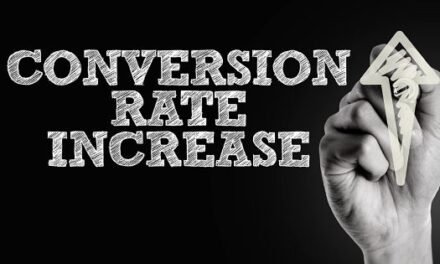The way to grow your business is through hard work, delighting your clients and customers and investing in savvy, strategic sales and marketing. There’s certainly no shortcut to success. No magic bullet. However, there is a shortcut to growth.

Buy your growth
Instead of growing your business under your own steam (organic growth, where you are relying on increased output, customer base expansion, or new product development), you can explore inorganic growth. This is where you expand your business through merger or acquisition.
Growth through acquisition can be a quicker, cheaper, and far less risky proposition than the tried and true methods of expanded marketing and sales efforts. It all depends on your personal risk profile and if you’re ready to take advantage of synergies.
Does 2+2 = 5?
Acquisition offers advantages such as easier financing and instant economies of scale. There are also competitive advantages: the move may take your competition off guard, to instant market penetration – even in areas where you may currently be weak. In some cases, you may even eliminate your competitor(s) through acquisition!
Nor is acquisition limited to buying direct competitors. A small or mid-size business can efficiently grow by buying related or complementary companies. Think about the businesses that sit in your vertical channel, not simply the competitors in your horizontal view. For example, a confectionery manufacturer with a few small retail outlets might purchase a specialty online food sales and distribution business. It could then use the online distribution to sell its confectionery, while potentially offering the new food products from the online store in its bricks and mortar retail.
In the scenario above, the business has not simply bought another means of distributing its confectionery. It has also purchased data. The contact details of every customer, past and present. New supplier relationships. Instead of ‘step-by-step’ growth, the confectionery manufacturer has done a faster ladder leap. There’s still hard work involved, savvy strategic sales and marketing will still need to occur, but the pool of opportunity suddenly becomes a lot bigger, a lot quicker.
Is acquisition for you?
Acquisition offers new markets and sales, expands your customer base, can bring a wider distribution network, additional logistics and resources, even access research and patents that offer additional growth opportunities. You may eliminate your competition through acquisition and you may realise business tax benefits if you take out a loan to finance the purchase. What’s not to like?
Well, as an individual, you may not be ready for a big purchase decision and expansion. Not everyone is wired to be a Richard Branson! Taking on a new business, new employees, new customers and possible debt in addition to what you already have in your existing business may scare the heck out of you. There is benefit in talking through any opportunities with trusted advisors, such as your accountant, business coach etc, as well as being clear on the vision for your business. If you only ever want a home-based small business to sell down the track, then aggressive expansion may not be for you. But if you do have a desire for growth, spend some time doing a comparative risk analysis.
The risk of staying small V the risk of acquisition
As a small business, you will lack economies of scale and may find it difficult to compete with bigger players. Growth will come through persistence and hard work, but it will be slow and you’re likely to face setbacks that may be easier to manage if you’re running a larger, stronger business with more cash reserves.
However acquisition is not without risk. You may experience challenges with employees (those you retain in the new business acquisition), and staff morale could take a dive if the merger/acquisition results in job losses. The culture of your current business may be different to the one you’re purchasing. These are large influences to be taken into consideration, particularly if you little or low experience in leading a larger, diverse team.
However, the risk of acquisition may be lower than the risk of growing organically. The risks may also be easier to identify and manage.
For example, the financial risk of acquisition can be projected, possibly more easily that the financial risk of organic growth strategies. If you want to grow by 50 per cent through increased promotion or increased sales effort, how much would it cost? How long would it take? How likely is it that the projected number of dollars spent would achieve your growth goal?
Compare this to running a $1 million business and wanting to grow by 50 per cent. Suppose also there is a $500,000 business for sale for $250,000. Your 50 per cent growth will cost you $250,000. With likely 100 per cent certainty of achieving your 50% growth goal within a year.
Would you have the same certainty of 50 per cent organic growth if you spent $250,000 on sales and marketing in the same timeframe? It’s also worth considering that the sales and marketing activities would all need to be paid for upfront, while the loan to purchase your business growth would be spread over a few years with the additional cashflow to cover it pretty much secured through the acquisition itself.



















